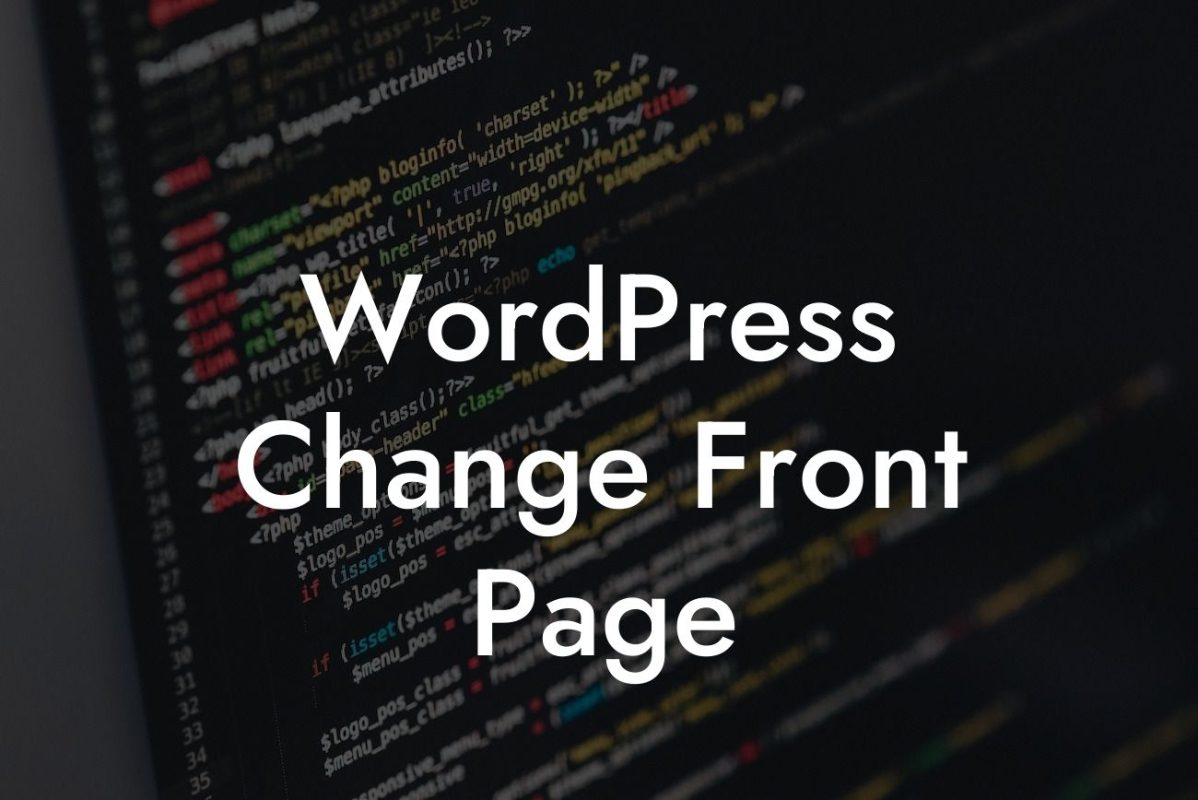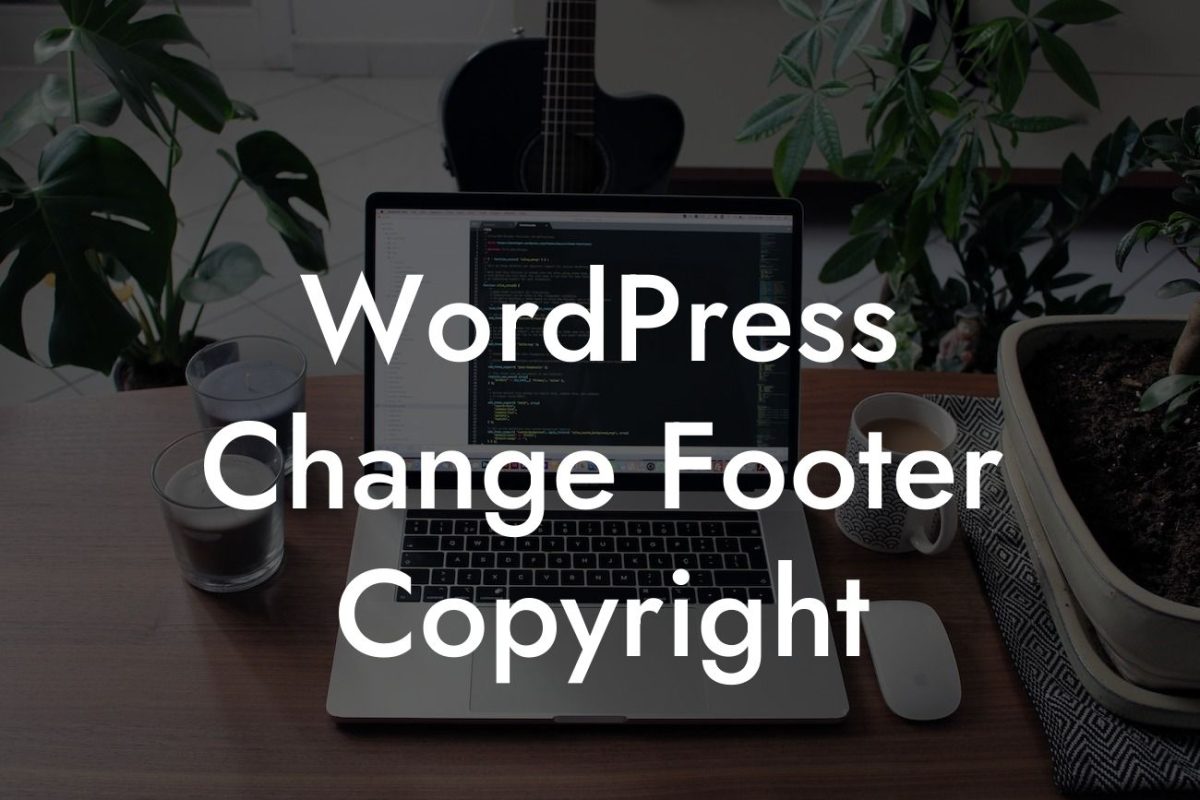Switching to the Block Editor in WordPress can be a game-changer for small businesses and entrepreneurs looking to enhance their online presence. With its user-friendly interface and advanced customization options, the Block Editor offers a modern and creative approach to designing your website. In this article, we will guide you through the process of switching to the Block Editor and unlock the true potential of your WordPress site.
Switching to the Block Editor is a simple process that can drastically improve your website's design and functionality. Here's a step-by-step breakdown of how to make the switch:
1. Update to the Latest Version of WordPress:
Before switching to the Block Editor, ensure that you are running the latest version of WordPress. This will ensure compatibility with the latest features and updates.
2. Install the Gutenberg Plugin:
Looking For a Custom QuickBook Integration?
The Block Editor, also known as Gutenberg, is now the default editor in WordPress. If you are still using the Classic Editor, you can easily switch by installing the Gutenberg plugin. Once installed, activate the plugin, and you're ready to embrace the future of WordPress editing.
3. Familiarize Yourself with Blocks:
The Block Editor introduces a new way of creating content through blocks. Blocks are individual elements that can be added, rearranged, and customized to create engaging webpages. Get acquainted with the various types of blocks available and experiment with different layouts to bring your content to life.
4. Convert Existing Content to Blocks:
If you have existing content created with the Classic Editor, you can convert it to blocks effortlessly. Simply select the content you wish to convert, click on the three-dot menu, and choose the "Convert to Blocks" option. This will transform your content into separate blocks, allowing you to edit and style them individually.
5. Explore Block Editor Extensions and Plugins:
The Block Editor offers a vast library of extensions and plugins that can further enhance its functionality. From advanced styling options to custom blocks tailored to specific industries, there are countless possibilities to explore. Visit the DamnWoo website to discover our range of WordPress plugins designed exclusively for small businesses and entrepreneurs.
How To Switch To Block Editor In Wordpress Example:
Imagine you're a small business owner running an online store. By switching to the Block Editor, you can create stunning product pages with visually appealing layouts. Utilizing blocks like the Product Carousel and Pricing Table, you can showcase your products in an engaging manner, attracting more customers and increasing sales.
Now that you've learned how to switch to the Block Editor and unlock a world of design possibilities, take advantage of DamnWoo's awesome plugins to supercharge your WordPress website. Explore our other guides for more tips and tricks, and start elevating your online presence today. Don't forget to share this article with others who may find it helpful in enhancing their WordPress experience.













